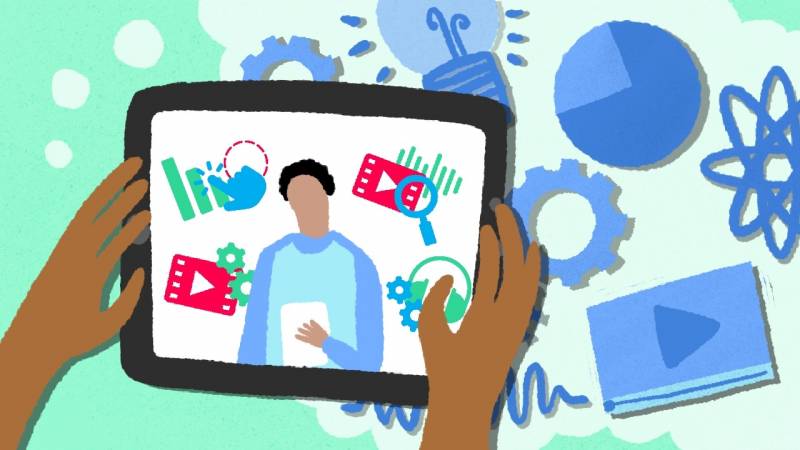Let’s face it, remote teaching is hard. Your lesson plans that you confidently deliver in person just don’t work the same in a remote classroom. Regular tasks like managing class participation, having students work together, and grading suddenly seem much harder to accomplish.
You are probably considering or are already using some form of digital media to support remote learning. Perhaps you are showing a video from PBS LearningMedia to introduce a lesson on sustainable agriculture. Or your students are making short audio stories for a KQED Learn discussion. Or you assign the class to play STEM games together, like Jet’s Bot Builder. There are lots of ways that digital media can help make up for what’s missing from a remote classroom. But how do you make sure you are using media most effectively to promote learning?
Here are some critical considerations to take into account when incorporating media into your remote classroom:
- What are the biggest technical and logistical challenges you and your students need to overcome?
- What are the right tools and platforms to use with your students to ensure their safety and privacy?
- How do you quickly find the media that will support learning goals?
- How can you and your students evaluate online media and sources for reliability?
- How might you facilitate your students making their own media?
- How will you assess their media projects?
These are all challenging questions to answer. Fortunately, KQED has several free courses that can help you find answers to them. Here’s four to get you started:
Safety and Privacy in Participatory Culture
This course will help you create a safe space for your students in your remote classroom, including creating a student-friendly Code of Conduct and evaluating the digital tools and platforms your students use for privacy and security issues.
